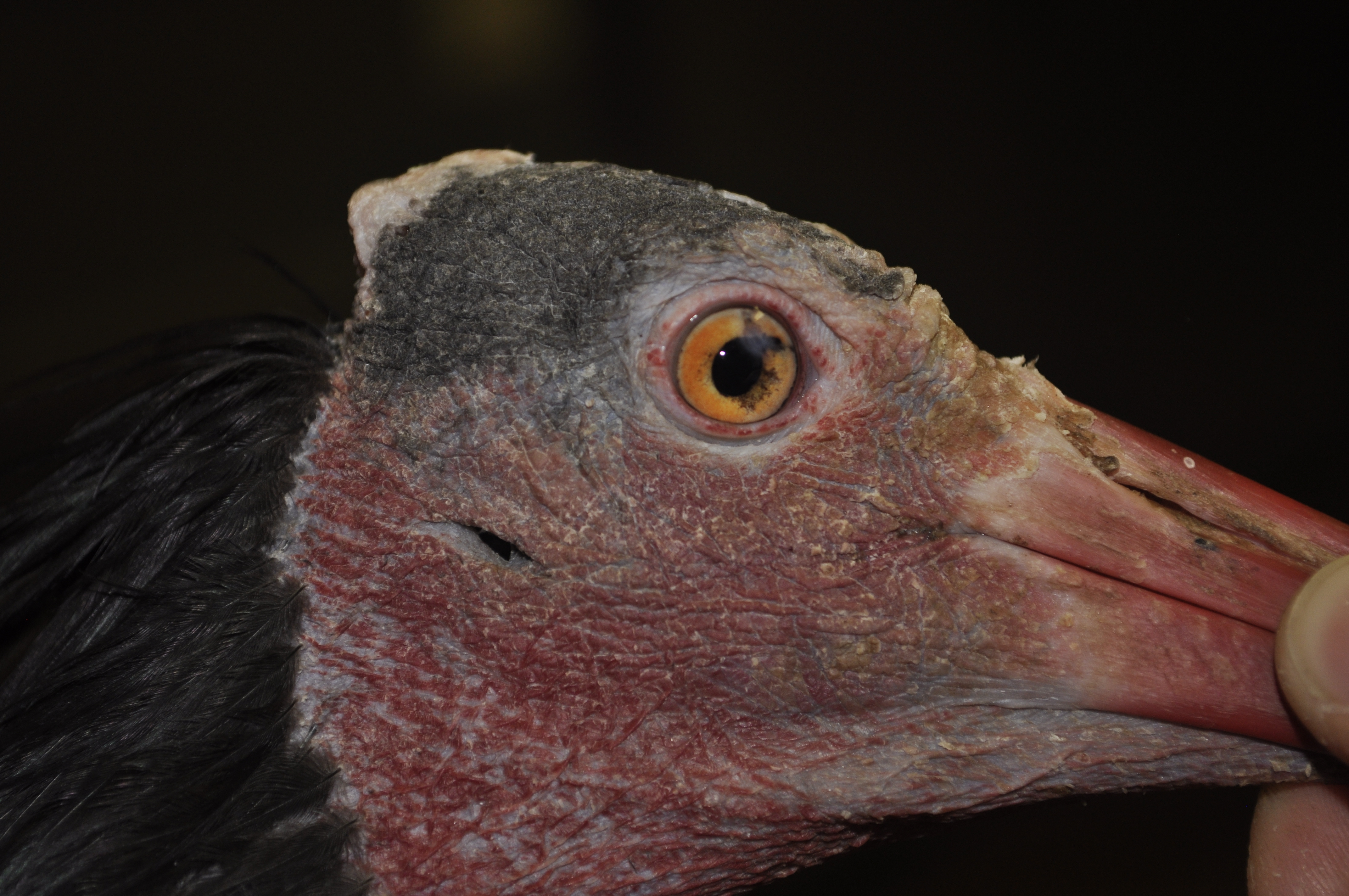Experimental Methods

All Waldrapp Ibis in this study are to be sedated using the appropriate gas anesthetic to perform all sample collection and appropriate analgesia provided.
Blood samples for a Vitamin Profile (Vitamins A, E and beta-carotene), a Primary Trace Nutrient Panel (Cobalt, Copper, Iron, Manganese, Molybdenum, Selenium, Zinc), and a Vitamin D Profile (PTH, Ionized Calcium, 25-hydroxyvitamin D) are to be collected and handled as indicated below.
· Blood samples obtained for the Vitamin Profile will be collected into a serum or plasma tube and centrifuged to separate from clot and cells. Then, 1.2-1.5 mLs of serum will be collected for submission into a leakproof tube. This sample much be light protected throughout collection and processing.
· Samples intended for Vitamin D Profile will be drawn into a serum or plasma tube. Allowed to clot for 30-60 minutes prior to separation and then 1.5 mLs of serum will be aliquoted into a leakproof tube. Although it is not necessary to light protect this sample, care should be taken to avoid light exposure if possible.
· Samples intended for Primary Trace Nutrient Panel analysis will be drawn into a non-additive royal blue topped tube (plasma from a tube containing a chelating anti-coagulant is unacceptable for this test), then 0.5-1.0 mLs of serum will be processed and submitted for analysis in a leakproof tube.
Ideally, samples will be banked at -80 degrees (if possible) until shipping to avoid thawing during transport. However, if access to an ultra-low freezer is not available, freezing at -20 until shipping is also acceptable and will not affect the viability of the sample.
All Waldrapp ibis-holding institution samples will be submitted to the Michigan State University Diagnostic Center for Population and Animal Health (DCPAH, 4125 Beaumont Road, Lansing, MI 48910-8104) for analysis. This laboratory was chosen because Michigan State has one of the most established nutrition laboratories in the country and can perform all elements of this analysis at one location. Tests are as indicated below.
· 25-hydroxyvitamin D and PTH via Radioimmunoassay
· Ionized Calcium via NOVA 8+
· Trace Mineral via Inductively Coupled Plasma Mass Spectrometry
· Vitamin Profile via High Performance Liquid Chromatography with UV detection
Full thickness skin biopsies will be acquired from both affected and non-affected areas of bird for histopathologic submission as indicated below.· If necessary, small aliquot of local anesthetic may be administered subcutaneously in area of biopsy.
· Do not scrub skin surface prior to biopsy.
· Use, at minimum, a 6 mm biopsy punch, make every attempt not to crush sample as cutting free. Close with sutures.
· Place in 10% neutral buffered formalin at a ratio of 1:10, tissue to formalin.
All Waldrapp Ibis skin biopsy samples will be submitted to Texas Veterinary Pathology (TVP, c/o Precision Pathology, 3300 Nacogdoches, Suite 109, San Antonio, TX 78217) for histopathologic evaluation.
All samples will be shipped frozen, using next-day delivery from the same carrier.
Additionally, a diet and husbandry survey and a grading/scaling chart will be sent to holding institutions to complete and return for collation with biopsy and serology results.
- Published on Feb 13, 2019
- 91 views
- 0 comments
- Print this page
- Back to Methods